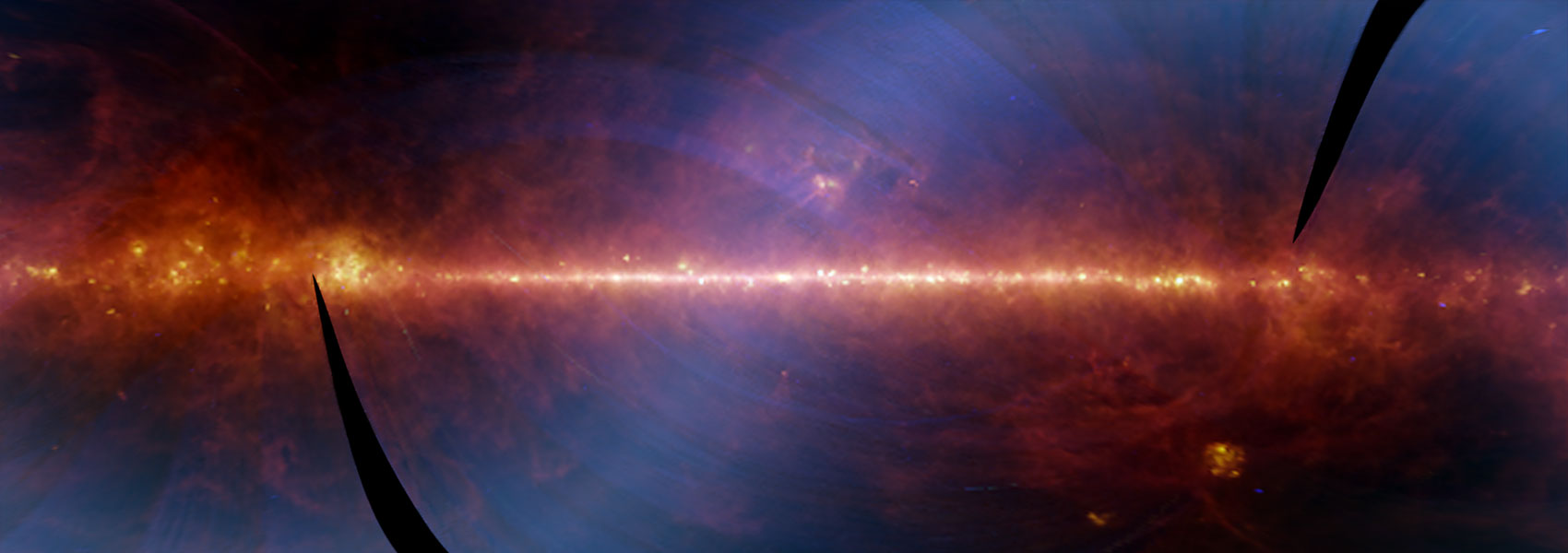August
1999
•
1999ApJ...521..613R
Authors
•
Reid, I. Neill
•
Kirkpatrick, J. Davy
•
Liebert, J.
•
Burrows, A.
•
Gizis, J. E.
•
Burgasser, A.
•
Dahn, C. C.
•
Monet, D.
•
Cutri, R.
•
Beichman, C. A.
•
Skrutskie, M.
Abstract
•
Analysis of initial observations sky surveys has shown that the resulting photometric catalogs, combined with far-red optical data, provide an extremely effective method of finding isolated, very low-temperature objects in the general field. Follow-up observations have already identified more than 25 sources with temperatures cooler than the latest M dwarfs. A comparison with detailed model predictions (Burrows & Sharp 1999) indicates that these L dwarfs have effective temperatures between ~2000+/-100 K and 1500+/-100 K, while the available trigonometric parallax data place their luminosities at between 10-3.5 and 10. Those properties, together with the detection of lithium in one-third of the objects, are consistent with the majority having substellar masses. The mass function cannot be derived directly, since only near-infrared photometry and spectral types are available for most sources, but we can incorporate VLM/brown dwarf models in simulations of the solar neighborhood population and constrain Ψ(M) by comparing the predicted L dwarf surface densities and temperature distributions against observations from the Deep Near-Infrared Survey (DENIS) and 2 Micron All-Sky Survey (2MASS) surveys. The data, although sparse, can be represented by a power-law mass function, Ψ(M)~M-α, with 1<α<2. Current results favor a value nearer the lower limit. If α=1.3, then the local space density of 0.075>M/Msolar>0.01 brown dwarfs is 0.10 systems pc-3. In that case, brown dwarfs are twice as common as main-sequence stars but contribute no more than ~15% of the total mass of the disk.
Links



